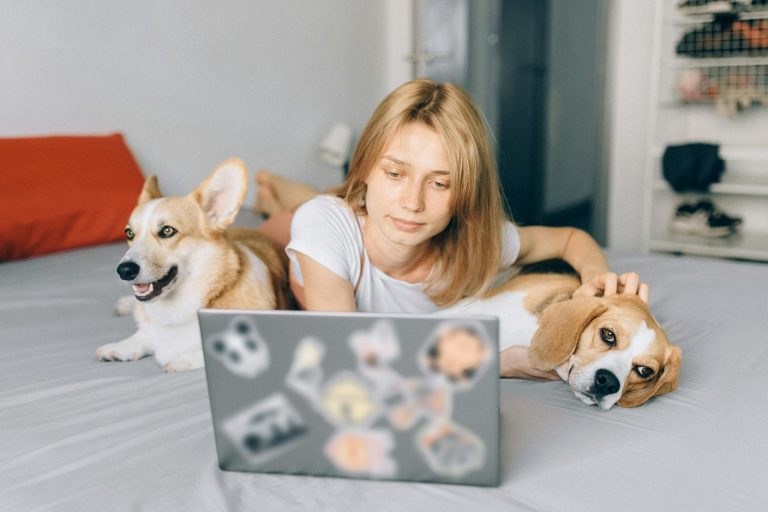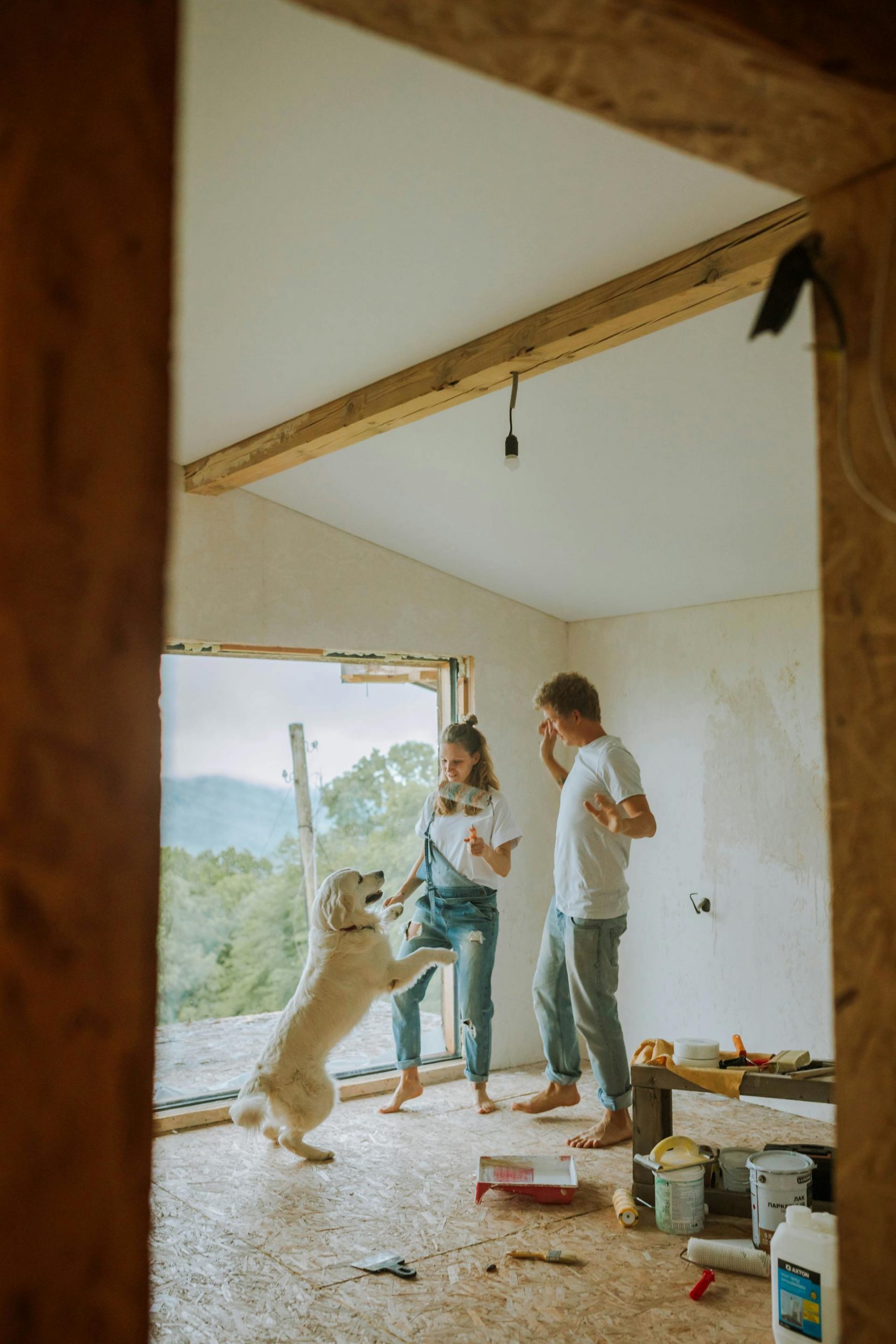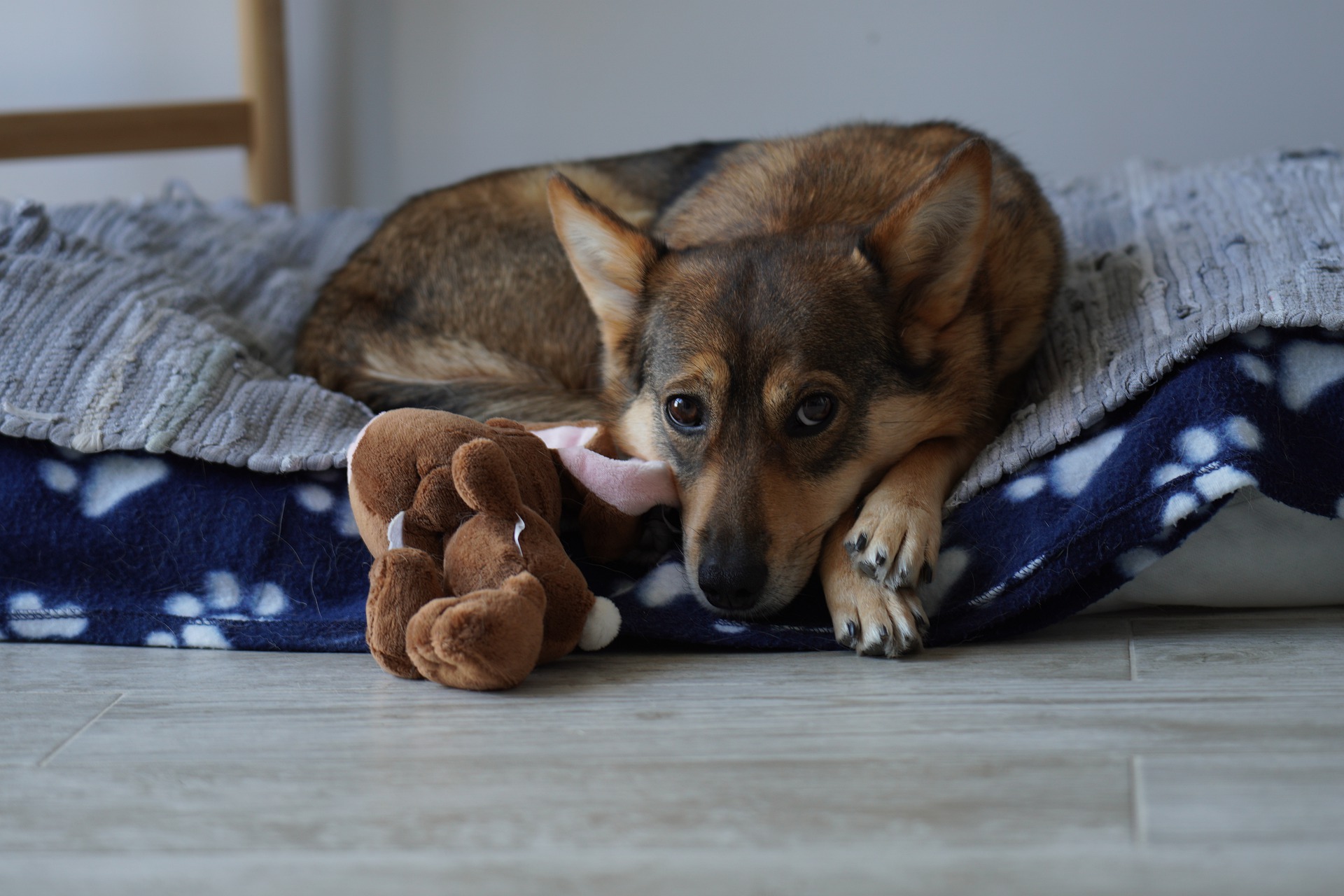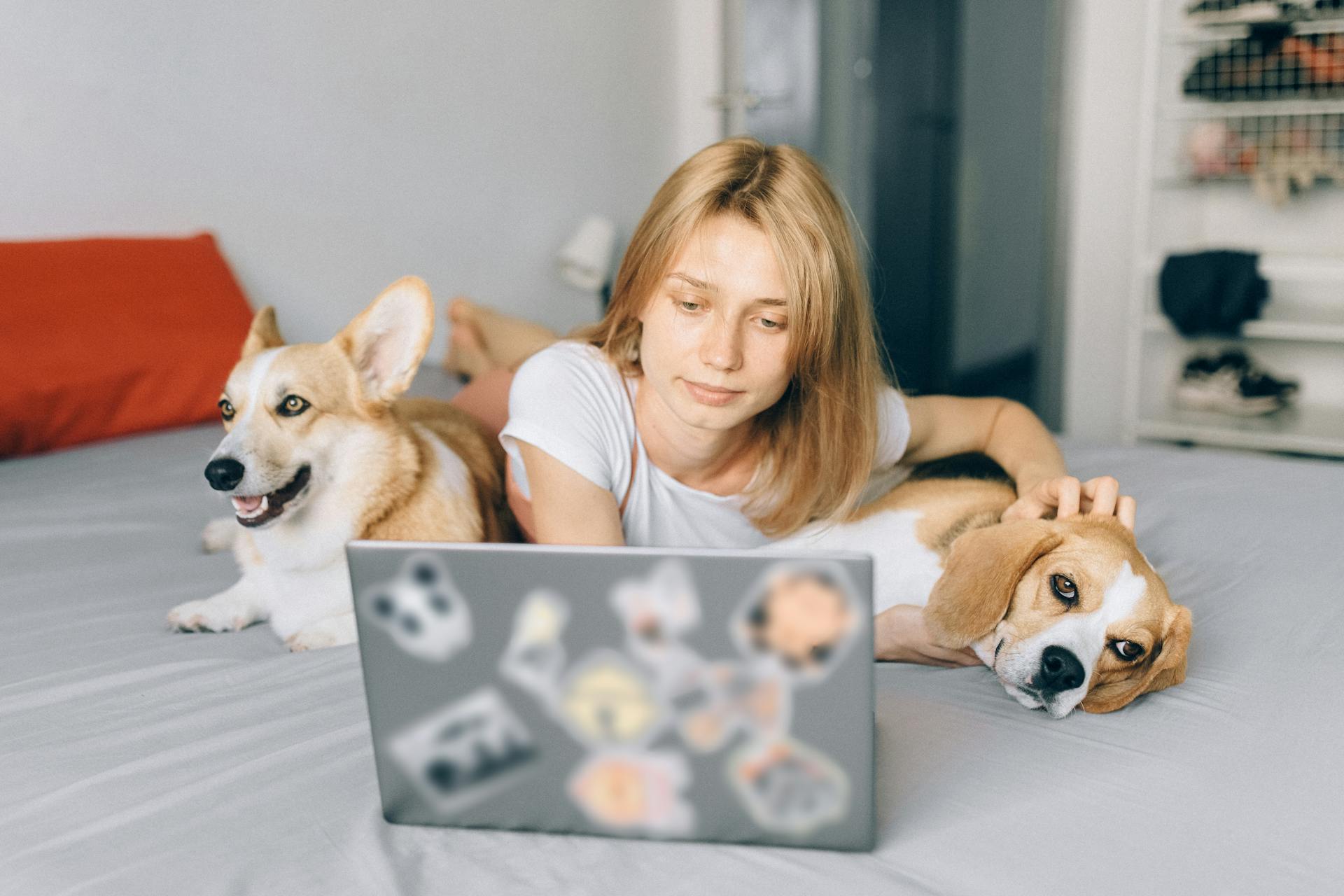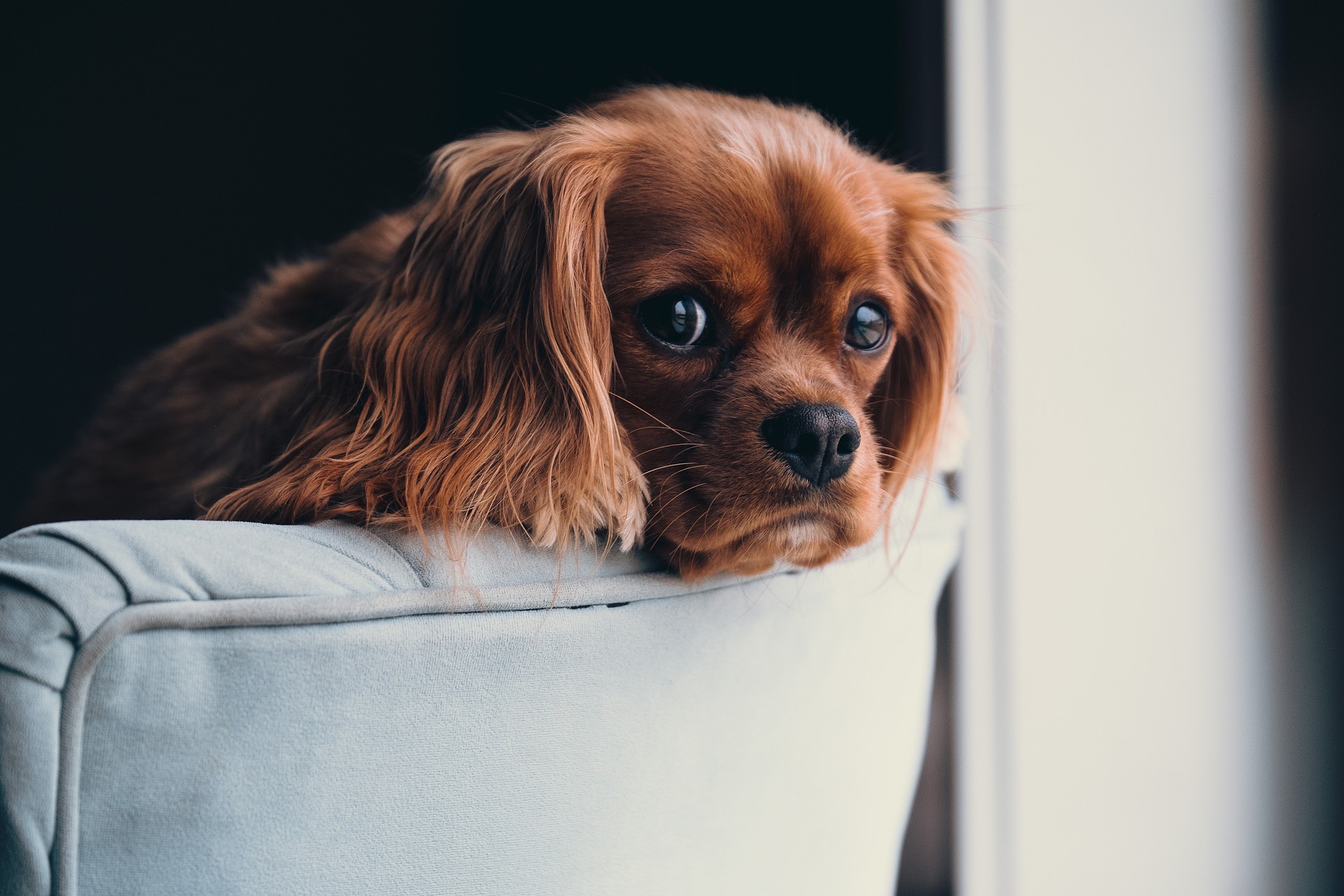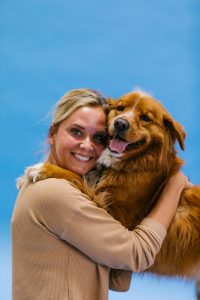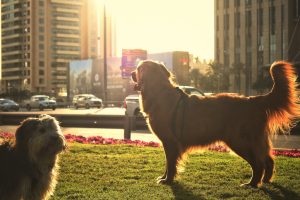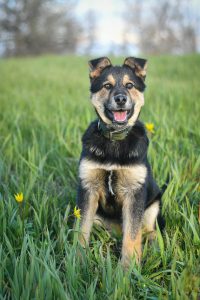When I first got Milo, I lived in one apartment. Then we moved into another one. Then my girlfriend came to live with me. And now we got married and preparing to move into a new apartment. We always talk about how dogs need routine. Moving into a new place can be stressful for a canine. Not all dogs adjust seamlessly to the new environment.
Now, that is not to say that dogs are like cats. Any cat owner will tell you, that cats are notoriously difficult to move to a new home. Dogs are not quite like that. But they might show signs of anxiety when changing places.
I want to share with you how I helped Milo get used to the new apartment. And what I am doing now to make the new transition seamless as possible.
Setting up the new home
Before we talk about helping your puppy adjust to the new home, we need to talk about how to set up the new environment.
The first and most important aspect is making sure your dog has a quiet and comfortable area. Dogs love to retreat in their den from time to time. It is their natural instinct. After all, they descend from wolves, and if you’ve seen any documentary about wolves, they love sleeping in their den.
So, when you are planning the interior design of your home, think about where your dog will feel safe and comfortable. That place should be away from the stress and business of the home. If you have small children, make sure the dog area is a place where your dog can retreat. Yes, dogs love to play with children, but sometimes, they want to chill on their own.
Next, check if the home is dog-proofed and safe. There can always be hazards. A leftover nail here or there can cause incidents. Clean the home thoroughly before you bring a new puppy.
Prepare your dog for the move
I understand this is not always possible. Sometimes, you might be moving to a place that is 1,000 miles away. Luckily, I was changing apartments in the same city. So, I had the option of driving to the new neighborhood and walking Milo there.
Dogs love to mark their territory and sniff around. By using their smell sense, dogs get familiar with the environment. If possible, walk your puppy in the new environment at least a couple of times before you move to the new apartment.
I did this with Milo for the first time we moved, and I am doing it again now. I even brought him to the new apartment a few times. I want him to sniff around and get familiar. Get comfortable. Also, if you walk in the new neighborhood a couple of times, you might meet some new dogs.
Meeting new dogs is always an exciting opportunity for your puppy. Let your puppy sniff some of the local dogs, and he will love to come there over and over again.
Also, if you can, try to walk in the new neighborhood both in the morning and in the evening. Everything is different at night. If you meet some dog parents and puppies your pet loves, schedule a date.
Reward your dog with praise and occasional treats as much as possible while walking in the new neighborhood.
Maintaining Routine and Familiarity
Once you move into a new apartment, maintaining a routine is the most important aspect. Your dog already has an idea of when you go out for walkies when it is lunchtime, and everything between. Unless you moved due to new work and office hours, try to stick to the familiar routine.
A consistent schedule, including feeding, walking, and playtime is crucial for success. That will provide your dog with a sense of normalcy.
If there are new parks and playgrounds in the neighborhood, bring some of your dog’s favorite toys. Do not enter new parks without toys, training ideas, or a play idea. Your goal is to make the new environment exciting and appealing for your puppy. Bringing toys does that.
Creating Positive Associations
Once you move into the new apartment, your dog will love to sniff everything in it. Begin creating positive associations from the moment your puppy walks in. Also, set the boundaries. Your pet will try to enter the bathroom, and bedroom and sniff everything between. If you want to set boundaries, begin the moment you walk inside the apartment.
How do you create positive associations? Well, by rewarding. You choose an area for feeding and feeding your puppy there. Once he finishes his meal, reward him with an extra treat.
You can also create positive associations by adding comforting smells. For example, your dog’s old blanket might be ready for the dumpster, but leave it in for a few weeks. Once your dog is comfortable in the new environment, you can get a new blanket and bed.
Whatever you do, do it gradually. Do not rush things on the first day. Start with short walks around the block. Then, increase the length of the walk. Then add some structure and playtime. Or add some training in between. Your goal during the first few walks is to allow your puppy to sniff the environment and reward him for that.
How do you manage stress and anxiety?
The first step to managing stress is to recognize the signs. Here are some common signs of anxiety in nervous dogs:
- Excessive panting
- Pacing
- Destructive behavior
These are the common ones, but there are many more you can notice. For example, reluctance to go outside for a walk. Or reluctance to play. Do not force it. Let your dog chill and settle in.
The best way to manage stress is to add positive associations. The more positive associations you add to the new home, the more your dog will feel comfortable in it.
And as your dog gets comfortable, you can add in new things. For example, in the new apartment, I plan to add some hallway challenges. But I am not going to do it on the first day.
If you have ever moved with your puppy to a new apartment, I would love to hear your experiences. My first move with Milo went seamlessly. I hope the next one to be as well.

